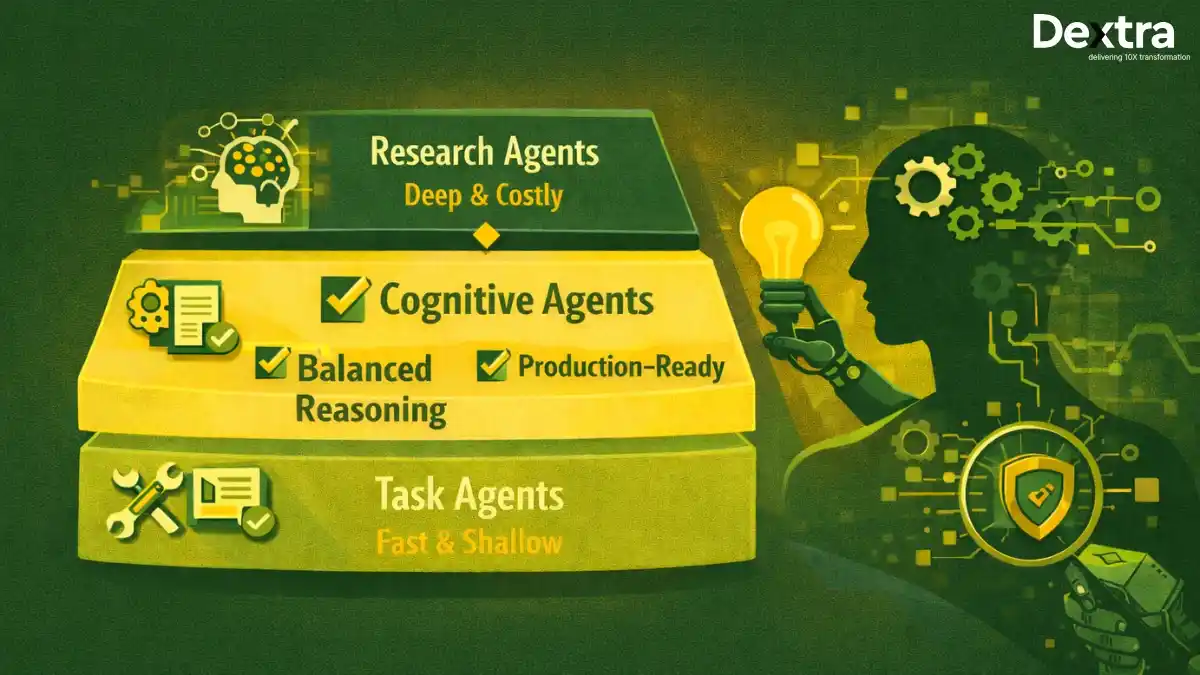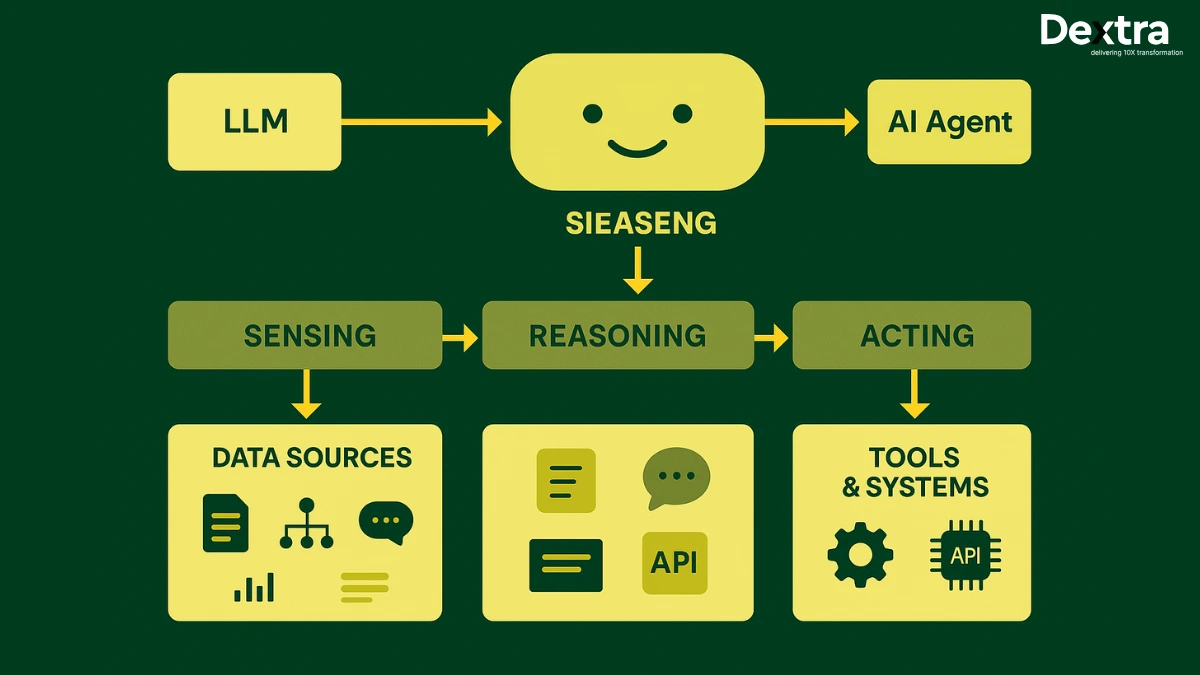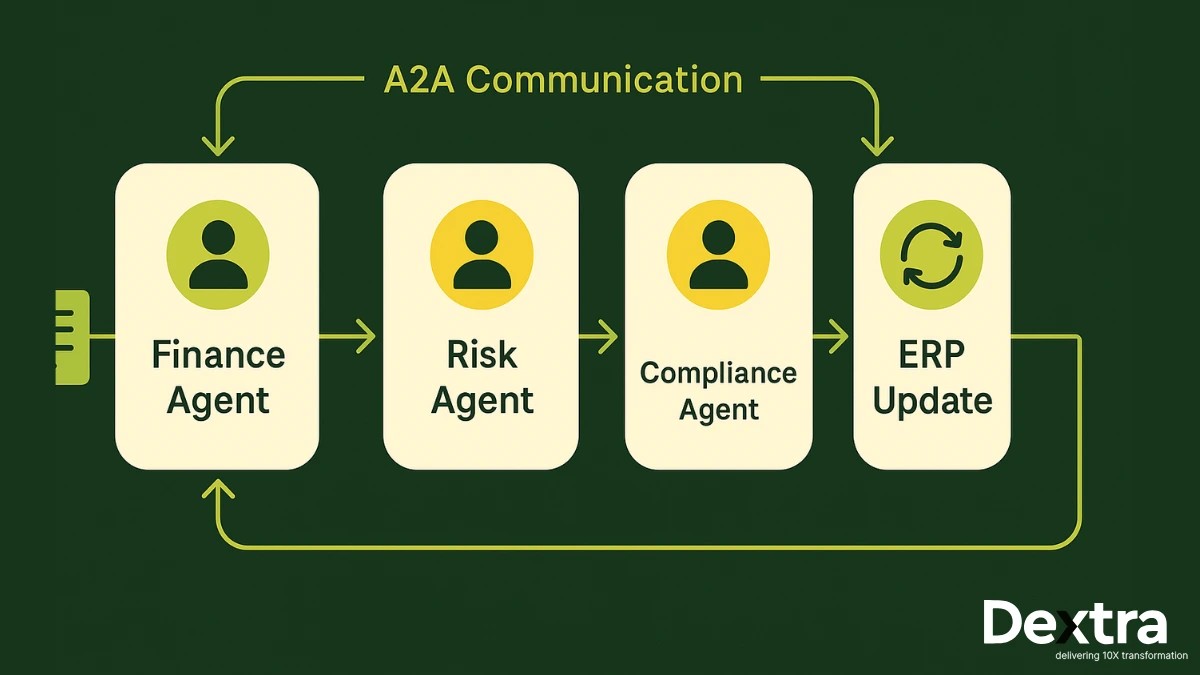The dynamic digital changes demand more dedicated management approaches and methodologies to keep company performance on track and monitor all activities. The fast-paced economy and rapidly changing marketing demands need skilled and expert techniques and beneficial methods integrated into the internal system. This software is helping companies to track performance and align task delivery with their desired growth intention.
In this guide, we explore why companies need to organize, monitor performance, and collaborate teams into one unit to meet the growing market demands in a fixed period. We elaborate on the project management methodologies and framework with relevant examples.
What is Project Management?
A complete set of organizing, structuring, and allocating resources that align with your task performance will help you manage the project successfully under your guidelines. In many organizations, teams emphasize the quality of integrated methodologies that specify beneficial workflows in a controlled manner. It doesn’t matter what your company type and operational workflows are or how big your goals are under your mission and vision policies.
What are Project Management Methodologies?
There are a variety of project management methodologies available to the marketer. Still, it is your responsibility and ability to check the tools before final integration, aligning with your internal requirements and business scalability to build sustainability and growth. It may seem complicated to find an accurate methodology, whereas it is not very difficult to figure out the basic requirement chart and forecast futuristic policies.
Most Popular Project Management Methodologies, Their Framework & Examples
We share the most in-demand and business-efficient project management methodologies for your business integrations. Check out the methods below and choose the exact match for your business growth.
1- Waterfall Methodology
The most classical methodology model, considered the oldest model in project management methodologies since 1970, is designed to be more linear for small projects. This methodology works in linear segments such as analyzing and specifications, designing, coding and unit testing, system testing and integrations, and, more importantly, maintenance.
This methodology was popular in the early ‘70s and ’80s and was used in software development project cycles. Its primary characteristic is that it provides overall project efficiency and division into complete flows and manageable segments.
The waterfall methodology is a perfect fit for projects where the project is understandable and completely clear to all the development and operational teams, where the stakeholders know their project outlook, and in regulatory workflow industries.
2- Agile Methodologies
Agile is one of the best principles for speeding up workflows. It integrates the most updated tools and apps to collaborate and communicate among stakeholders and development teams, specifying streamlined workflows. This methodology combines measuring and monitoring sustainability, scalability, and business efficiency to enhance the organic growth cycle in more calculated ways.
Agile’s robust principles, such as collaboration design, better communication channels, and data-driven adaptable changes, make it more prominent in all business segments. These strategies can enhance the overall outlook of the project, making it more accurate and error-free. These tools help to acquire the desired amount of feedback from the user market to remove all the bugs and errors that prevailed in earlier software.
Agile works primarily in the data-controlled units, high-pressure deliveries, flexibility, and self-speed efficiency boost.
3- Kanban Methodology
Kanban is a by-product of agile methodologies that helps streamline, organize, and execute projects to speed up the operational channel and enhance overall efficiency. Kanban provides a visual display of project management and all processes from beginning to end. Therefore, any organization can manage and track the operational line precisely as planned, and Kanban shows each operation’s efficiency and performance.
Kanban is the ideal methodology for visually inspired business operations. It is digitally integrated to monitor all workflows using different channels and segments.
4- Lean Methodology
Lean allows business communities and organizations to work for maximum customer output and reduce overall waste, either in workflows or internal management control. This is the best methodology for eliminating unnecessary waste and ensuring timely completion in a given period.
There are some steps in developing this methodology, and these are Japanese names:
- Muda wastes time
- Mura excessive production with unchecked workflow
- Muri overburdened when necessary
Therefore, Lean is the best choice for those companies that intend to improve their operational system by updating all relevant resources, reducing wastage, and optimizing internal empowerment.
5-Six Sigma Methodology
Six Sigma was primarily developed by the great American Bill Smith (Engineer) during his tenure at tech giant MOTOROLLA in 1980. Six Sigma is committed to providing technical strategies to optimize the working process and quality of the working chain by highlighting fundamental problems and bugs in the workflow lines and removing deficiencies. This methodology provides a variety of technical tactics to continuously improve product quality and flow.
This methodology is based on some essential highlights:
- Define The overall objectives
- Measure Considering resources to accomplish the project
- Analyze First of all, analyze the feedback and integrations
- Improve Intend to provide more improvised results
- Control Better control over flowlines and understanding the project
Project management methodologies work in a supreme quality to improve equal sides of the organization and maintain the workflows for speedy deliveries.
6- Scrumban Methodology
Scrum organically uses the Agile methodology framework to assist the departments and teams to work according to the plan for quick project delivery. It intends to force some basic integrations of solid communication media, mobile accessible data sheets, and sustainable, flexible, and controlled functions under one belt to streamline the projects.
In easy words, Scrum means sprint (anything runs fast for a short distance), and this is an idea for short-term projects to maintain a moderate delivery model to support short deadlines.
7- XP ( Extreme Programming) Methodology
XP stands for Extreme Programming, which is a pattern of agile methodology for managing and integrating customer feedback and forwarding it to the development teams to protect the products from future failures.
In the XP process, strong communication and collaboration take place to control and optimize the product quality through proper feedback from customers to the ultimate developers.
8- DevOps Methodology
DevOps is one of the most robust project management methodologies of all; in this process project is divided into two major divisions: development and other is Operations. The development team works closely on the new updates, tools, and integrations. In contrast, the operational team takes the marketing and collecting customer feedback and analyzes product trends in the market, which are all forwarded to the development teams to avoid further bugs and deficiencies in the products.
These methodologies benefit the high-end product manufacturers and support long-term projects.
9- Rapid Application Development Methodology
Rapid Application Development (RAD) is used to make the quickest deliveries. Project management methodologies are integrated into industries where stakeholders are looking for fast deliveries to fill the market demand gap, but the quality is the same. This boosts the customer’s confidence and helps them generate more business.
In this process, a quick prototype is created for final approval. After the initial approval, project teams start developing the software with more dedicated teams, who put their rich experience into creating high-end products.
10- Hybrid Methodologies
Hybrid projects combine two best methodology models into one place to work more efficiently. For instance, the Agile methodologies (Kanban, Scrum, XP) are integrated with the Waterfall methodology to work for the same operations, combining their qualities to speed up the flow lines for more projects to handle, delivering in a short time.
These combining methodologies are favorable for operations where deadlines are tight, and stakeholders continuously share feedback to improve each side of the project to meet the ultimate user needs.
Tips to Choose the Best Project Management Methodology for Your Business
1- Evaluating your Project Nature
The primary step in choosing the best project management methodologies for your business size and project capacity is evaluating your project’s nature. These specifications can help you to integrate the best tool and can boost the project efficiency maintaining the overall scope, size, requirements, and industrial objectives.
Some critical considerations before final implementation are clear project understanding, project specification, minimal changes over time, etc.
2- Effective Teams and Their Preferences
The measurable size, relevant experience, and core skill set are the intent for the perfect methodology to determine your organizational goals. Some suggestions for the quality methodology for quick, experienced, and dedicated teams are Agile, Lean, Scrum, Kanban, etc. You should hold a strong dedication fulfill a comfortable structure, and provide updated information.
Suppose your teams are performing quick and sizeable tasks under the deadline period; understand all the complexities. You should also consider whether you teams can learn and adopt project management methodologies or not.
3- Scalability and Flexibility
In the whole selection process, the experts should check the business scalability to perform quick and efficient tasks under clear statements and guidance in a controlled vision. Scalability projects the overall outlook of any business performance, whereas flexibility measures how the teams can do efficient tasks and perform their activities for multiple projects with multiple functionalities.
It is a fundamental responsibility to check whether the tool either it is supporting a scalable business size or major pressure control abilities. If the tools support these technical supports, any company can adopt a scalable size and wants to bring flexibility to their operations.
4- Collaboration & Communication
The most important checkpoint is to check the amount of feedback you are getting from stakeholders and whether your research team is getting updated user-experience feedback from the competitive market, which can help you make final input decisions. The collaboration and clear communication between the stakeholders and the development & operational teams is the key to successful project planning.
Therefore, if you intend to develop a collaborative and communicative environment in your industry or a new startup, then the agile methodology is the best fit for your business operations.
5- Consider Organizational Standards
The basic integration requirements, such as considering the organizational structure and standards, should be updated before the final integration. These base goals specify the roadmap of integrations.
6- Project Complexity and Size
The team performance measures the team’s competency to accomplish industrial goals and meet the decided deadlines under the supervision of experts. Anyways, companies have to face some challenging tasks and crucial deadlines to perform under a high-pressure environment.
Therefore, you have to choose among multiple options available for various specifications, whereas some projects are simple and easy to handle with moderately experienced teams for short projects. But, there are a lot of projects for the long-term and also in a complex nature. You have to click the option to choose a suitable choice for your projects.
7- Time Management
The most efficient teams always track their employees’ progress, efficiency, management, and dedicated approach to achieve high-end goals. That’s why always go for software that offers the best time management and time tracking integration tools and apps to check the team’s proficiency.
8- Cost-Efficient
The most important integration to check before all available options and tools check the cost-efficiency of the implementing goals. The more the project management tool is, the more it can save bucks for tough periods. These cost efficiencies can help you to scale your business size and growth organically with the most prime tools and keep momentum across all operational and development operations.
Frequently Asked Questions
Q. Why do businesses use methodologies?
These methodologies pave the way to organize, tools, and a set of instructions to maintain and boost the project’s proficiency. These methodologies also provide a collaborative environment between the stakeholders and developers to maintain a project development balance and accuracy.
Q. How to determine the project management methodology?
There are multiple factors to check before stepping into making the final decision of selecting the right methodology for any business, are time management, cost efficiency, collaboration, strong communication channels, support for scalable and flexible projects, and many others.
Wrapping Up
The right implementation of the project management methodologies available in a variety of options and suitable for different types of companies for multiple specifications is a skillful task. These frameworks help you to achieve the desired goals and operational benefits with internal management, cost-efficient integrations, and the most updated helpful tools and apps to generate more value and quality in their business outputs.
Ultimately, these methodologies can bring growth and sustainability to your business operations, maintain the flexibility to adapt to dynamic changes, and meet crucial deadlines under team performance. You can select the best-fit methodologies for your business operations from the above-discussed methodologies. These methodologies are available for small and long-term business operations.








